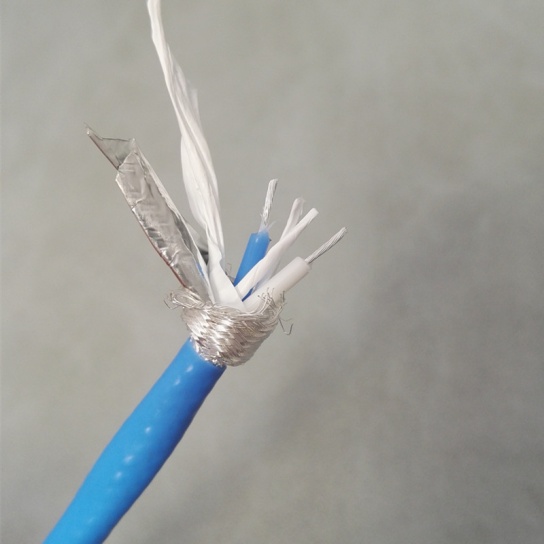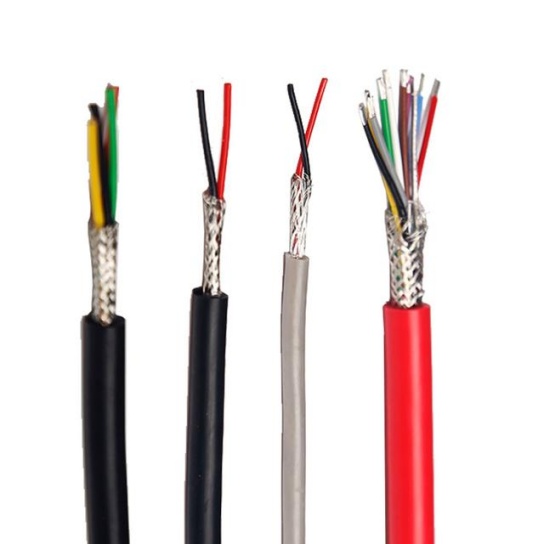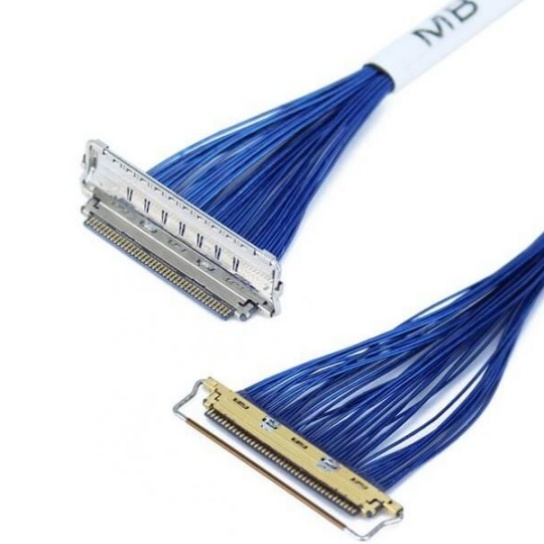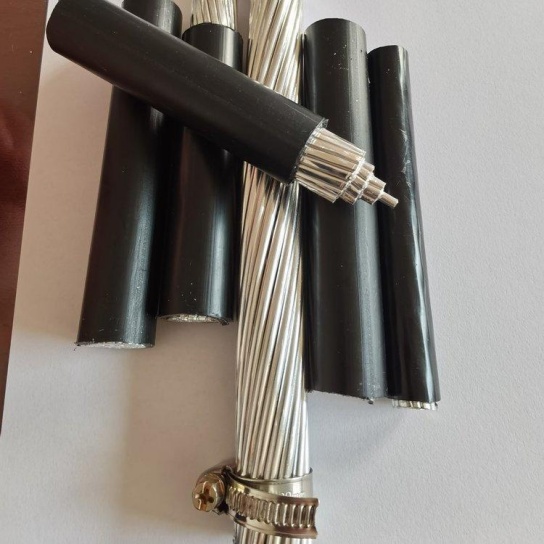What Materials Are Used in Aviation Cable Manufacturing
Aviation cables are the lifelines of aircraft systems, ensuring reliable communication, power transmission, and control in extreme conditions. The materials used in their manufacturing are critical to their durability, safety, and performance. In this article, we’ll break down the key materials used in aviation cable production, explain their roles, and highlight why they matter for aerospace applications.
1. Conductive Materials: The Core of Aviation Cables
The conductive core of aviation cables transfers electrical signals and power. The most common materials include:
- Copper:
Copper is the gold standard for conductivity due to its low resistance and high efficiency. It’s often used in twisted or stranded forms to enhance flexibility. For example, MIL-W-22759/16 cables use tin-plated copper strands for corrosion resistance.
- Aluminum:
Aluminum is lighter than copper, making it ideal for weight-sensitive applications. However, it has slightly lower conductivity and requires thicker strands to match copper’s performance.
Why it matters: The choice between copper and aluminum balances weight, conductivity, and cost. Copper is preferred for critical systems, while aluminum suits non-critical, weight-sensitive setups.
2. Insulation Materials: Protecting Against Extreme Conditions
Insulation prevents electrical leakage and shields wires from heat, chemicals, and abrasion. Common aviation-grade insulators include:
- Polyethylene (PE):
Lightweight and flexible, PE is used in low-temperature environments. It’s cost-effective but less resistant to high heat.
- Polytetrafluoroethylene (PTFE):
PTFE (e.g., Teflon®) excels in extreme temperatures (-65°C to +260°C) and resists chemicals, making it ideal for engine compartments.
- Polyimide (Kapton®):
This thin, lightweight film withstands temperatures up to 400°C and is used in high-performance military aircraft.
Why it matters: Insulation failure can lead to short circuits or fires. PTFE and polyimide are chosen for harsh environments, while PE works in moderate conditions.
3. Shielding Materials: Blocking Interference
Aviation cables often include shielding to protect against electromagnetic interference (EMI) and radio frequency interference (RFI).
- Braided Copper or Aluminum:
These metals create a conductive barrier around the cable core, diverting interference away from sensitive signals.
- Foil Shielding:
Aluminum or copper foil provides 100% coverage and is often paired with a drain wire for grounding.
Why it matters: Shielding ensures accurate data transmission in avionics systems, which is critical for navigation and communication.
4. Jacketing Materials: Durability in Harsh Environments
The outer jacket protects cables from physical damage, moisture, UV radiation, and fuel exposure. Common materials include:
- Thermoplastic Elastomers (TPE):
TPE jackets are flexible, resistant to oils, and perform well in temperatures from -55°C to 125°C.
- Chlorinated Polyethylene (CPE):
CPE offers excellent flame resistance and is used in commercial aircraft like the Boeing 787.
- Polyurethane (PU):
PU jackets are abrasion-resistant and ideal for cables exposed to frequent movement, such as landing gear systems.
Why it matters: A robust jacket ensures long-term reliability, even when exposed to jet fuel, hydraulic fluids, or extreme weather.
5. Specialized Materials for Unique Needs
Some aviation cables require additional enhancements:
- Aramid Fibers (e.g., Kevlar®):
Added for tensile strength in applications like flight control systems.
- Fire-Resistant Coatings:
Silicone-based coatings meet FAA flammability standards (e.g., FAR 25.853).
- Composite Materials:
Hybrid designs combine materials like carbon fiber for lightweight, high-strength applications.
Why Material Selection Matters in Aviation
Aircraft operate in environments with drastic temperature shifts, vibration, and chemical exposure. Subpar materials can lead to:
- Signal loss or system failure
- Fire hazards
- Increased maintenance costs
Aviation cables must comply with strict standards like SAE AS22759 or MIL-SPEC, ensuring they meet safety and performance benchmarks.






